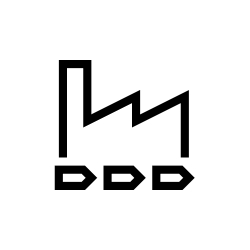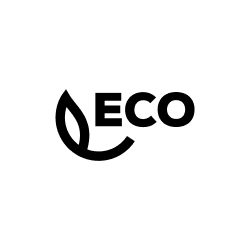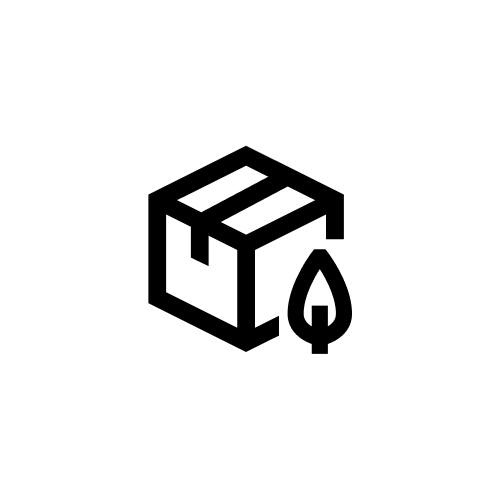Sustainability & Lab Water
Reliable ultrapure water is essential for consistent results, but how that water is delivered can also support broader goals, from reducing environmental impact to meeting internal sustainability targets.
Our lab water purification systems are designed with both performance and environmental responsibility in mind. From renewable-energy-powered production to intelligent features that reduce water and energy usage, these systems support laboratories in meeting their operational needs while advancing their sustainability goals.
You receive both clean lab water and a cleaner carbon footprint by designing water systems that prioritize sustainability from the very beginning to end of life. Arium® Pro and Arium® Comfort are built with 100% renewable electricity, shipped via optimized channels to reduce carbon emissions, and equipped with iJust software that reduces water use, cutting cleaning cycles by 50%.
Discover Sustainable Lab Water System Arium® Pro Discover Sustainable Lab Water System Arium® Comfort
Sustainable Lab Water Purification Systems
Arium® Pro Lab Water Purification System
The Arium® Pro lab water system, a reliable source of ultrapure water, offers a flexible and modular system which, compared to conventional devices, demonstrates excellent added value.
Engineered for precision and flexibility, it ensures the best reproducible results in their class and ASTM Type 1 ultrapure water output directly at the point of use. Up to 2L of consistently high-quality ultrapure water with a conductivity of 0.055 µS/cm (^= 18,2 MΩ × cm) can be dispensed per minute. The ultrapure water is virtually microorganism-free when an Arium® Sterile Plus final filter is used.
- Modular: Widest selection of application-oriented systems for optimum adaptation to your specific needs
- Flexible: Space-saving installation of the device on, under, or above your workstation integrates it perfectly into any laboratory
- Easy to use: Intuitive touch-screen display and smart menu navigation for fast, error-free operation
- Fast: With the new favorites function it is possible to save recurring volumes and retrieve them as required by direct access
Arium® Comfort Lab Water Purification System
The Arium® Comfort system is a compact, eco-conscious, reliable and easy-to-use ultrapure water system. It delivers ASTM Type 1 ultrapure water and Type 2 pure water (Comfort II) or Type 3 reverse osmosis (RO) water (Comfort I) combined in a single system.
Designed to simplify lab workflows while optimizing resource use, it supports a wide range of applications from analytical chemistry to life sciences.
- Time-Saving: Innovative bag system eliminates the need for routine tank cleaning
- Optimized Water Consumption: Automated with integrated iJust technology
- Easy to Use: Touch function display and intuitive menu navigation
- Sustainable: iJust software minimizes energy usage by taking the CO₂ content into account in systems with electrodeionization (EDI) modules
iJust Software for Arium® Lab Water Systems
Improve your lab's water purification process with our iJust software. Available on all Arium® Advance and Arium® Comfort systems – iJust software optimizes the performance of reverse osmosis (RO) technology, reducing waste water and saving energy. Step into the future of water purification with smart technology that saves money and helps the planet.
- Resource Optimization: Reduce water consumption with iJust's intelligent settings for more efficient recovery rates of purified water
- Energy Efficiency: Reduced energy consumption of Arium® lab water systems with an integrated electrodeionization (EDI) module
- Flexibility: Tailor your water purification to the unique needs of your feed water
- Economic Benefits: Enjoy the cost savings associated with advanced resource management and gain economic control of purification cycles
Life Cycle Thinking
Enhancing Sustainability with Life Cycle Thinking
Adopting life cycle thinking is key to enhancing sustainability and considering the environmental impacts from raw materials to end-of-life disposal. We are dedicated to refining our production methods, boosting efficiency, minimizing waste, and cutting energy use. We also consider the environmental burden of shipping practices and are committed to optimizing logistics to reduce carbon emissions.
Waste Electrical and Electronic Equipment
Sartorius Complies with Waste Electrical and Electronic Equipment Standards
Sustainability is at the core of our operations. From pre-manufacturing to end-of-life disposal, we are committed to responsible practices throughout the product lifecycle. This includes the proper management of electronic components, where we actively promote the correct sorting and disposal of Waste from Electrical and Electronic Equipment (WEEE). These efforts support the recovery and reuse of rare raw materials and help prevent hazardous substances from entering the environment.
Sartorius complies with the WEEE directive 2012/19/EU in Europe and partners with the European Advanced Recycling Network for product returns. As part of this collaboration, we have implemented a dedicated take-back program for replacing UV lamps across Europe. Used UV lamps are processed and recycled locally to minimize environmental impact and support the circular economy.
Return for Recycling Instructions
Easily exchange your used UV lamp through a simple process, ensuring it is properly recycled locally to reduce environmental impact and support the circular economy (currently only across Europe).
1. Replace
- Remove old UV lamp from the Arium® system acc. to manual
- Install new UV lamp acc. to manual
2. Reuse
- Take packaging of new UV lamp
- Reuse it and insert removed UV lamp
- Note shipping instructions
3. Return
- Register the UV lamp using the EARN website
- Receive your local recycling partner and print return form label
- Attach label to UV lamp packaging
4. Recycle
- Handover package to your logistics company
- UV lamp is delivered to our local certified recycler
- UV lamp is treated and recycled
Lab Water Sustainability Resources
Frequently Asked Questions
Lab Water Sustainability FAQs
Arium® lab water systems contribute to sustainability by optimizing water usage, reducing waste, and promoting energy efficiency, all while maintaining high water quality standards. They achieve this through features like iJust software for optimized water usage, ECO mode for energy savings, and sustainable packaging. In addition, Arium® Lab water systems eliminate the need for store-bought bottled water, which saves shipping and packaging costs and further reduces the ecological footprint.
Yes, Arium® systems are energy efficient. They feature an ECO mode that reduces power consumption during standby by managing recirculation and backlight settings. Key components are optimized to minimize electricity use without compromising water quality.
Absolutely. Sartorius actively supports sustainable disposal of Arium® Lab Water Systems. Arium® systems are built with repairable parts and supported by local service hubs to extend lifespan and reduce waste. They follow WEEE-compliant disposal and include a UV lamp take-back program for safe, responsible recycling, supporting circular economy goals.
iJust takes the CO2 content into account, minimizing the energy consumed by Arium® systems with an integrated electrodeionization (EDI) module.
To learn more about Sartorius' sustainability initiatives and responsibly manufactured products, visit the company's sustainability website. There, you'll find detailed information about the company's approach to sustainability and its goals.
Sustainability at Sartorius
With innovative technologies, Sartorius helps to accelerate progress in biopharmaceutical research and production so that more people have access to new medicines, therapies, and vaccines. This is how our business contributes to better medical care for people around the world and thus to social sustainability.
Health and well-being are fundamental human rights and important indicators of sustainable development. Despite major advances in modern medicine, more than half of the world's population still has inadequate or no access to medical care.
Our technologies help to develop existing forms of biopharmaceuticals faster and manufacture them more cost-effectively, and enable new forms such as cell and gene therapies - so that more people have access to better medicine.




